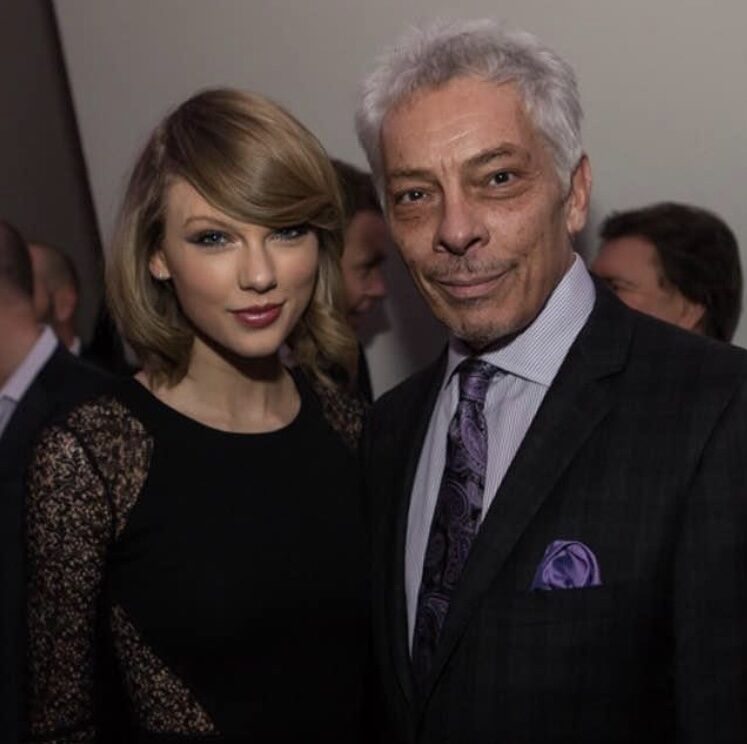
(By Mike McVay) The media world is abuzz with the success of two women with high-profile worldwide stature. They are Barbie and Taylor Swift. They’re both creating excitement with 18–34 and 25–54-year-old women by crossing demos and genres. Michelle Goldberg of the NY Times said, “An obvious lesson from the gargantuan success of both Barbie and the Eras Tour is that there is a huge, underserved market for entertainment that takes the feelings of girls and women seriously.” A market that has been discounted by much of the media in the recent past, especially given the advertiser demand for Adults 25-54 as the target demo of an ad buy.
Barbie is successfully reinvigorating the in-theater industry. Women of all ages are engaged in Barbie-mania. It makes sense that the film about the Mattel doll is universally intriguing as Barbie was first launched in March 1959. If you were a young person that year, you would now be somewhere in your mid-60s to mid-70s. Thus Barbie has a connection to women starting from a very young, single-digit age. The movie has created a family dynamic that has parents and children literally giddy waiting to head into the theater.
The movie is setting records and it’s only in its second week of showings. Barbie’s attraction goes well beyond gender. Barbie is everywhere. Cross-promotion in national advertising from Progressive Insurance. Clothing lines mirror Barbies’ wardrobe. Crocs came out with a Barbie Pink shoe. Barbie pink nails are “the thing.” There is a Malibu Barbie Dreamhouse that you can rent on Airbnb. One in Germany, too. A Barbie-themed Cruise Ship is sailing in the Boston area. People are showing up to theaters dressed in Barbie Pink, which makes the film reminiscent of other event cinema like The Rocky Horror Picture Show.
Taylor Swift, the other woman attracting a female audience, is arguably this generation’s Beatles. Taylor started attracting significant notoriety as she launched The Eras Tour earlier this year in Glendale, Arizona. This is her sixth concert tour and second stadium tour. She’s slated for 131 shows across five continents before the tour concludes. That is if it isn’t extended beyond its London performance in August 2024.
The performances are customized and seem to vary by city. The amazing large screens give every attendee the feel of being personal and up close to the artist. One friend shared with me that it reminded them of the videos of The Beatles on The Ed Sullivan Show – that is at times the screaming crowd drowned out the singer’s performance. There have been the occasional negative reviews posted on social media, but the majority of feedback has been very positive.
The economic, commercial, political, and cultural impact of Taylor Swift is unlike anything we’ve seen in music since the ’60s. The Eras Tour caused an economic demand that was fueled in large part by the need to celebrate a “post-pandemic” world. Swift recorded unprecedented numbers of user registrations for ticket sale access across the globe, such as over 22 million customers clamoring for the tour’s Singapore tickets. The sale of tickets in the United States leg showed a flaw in the Ticketmaster platform and Live Nation was criticized publicly, leading to a bipartisan vote of censure by lawmakers.
Fortune estimated the tour’s net consumer spending to be $4.6 billion in the US alone. Thank you, Taylor, for perhaps singlehandedly pulling the USA out of an Advertising and Entertainment recession. You reinvigorated those radio stations that haven’t yet knocked off the stench of Covid. Bringing an audience back to traditional media to hear her music, win tickets, and feel a part of a movement.
The message that radio should be receiving comes from the success of The Eras Tour and the realization that Barbie is bringing people of all ages back to the theater: we should focus on more than Adults 25-54.
Yes, I understand and accept that’s the darling demo for national advertisers. What is disappointing is how very few clusters use any part of their platform to target 18-34 or 45+ as viable and desirable audiences for advertisers. Not every radio station can or should target Adults 25-54. Blasphemy, you say? Such thinking ignores the older, monied audience that uses radio the most, as well as the younger audience that should be radios future.
Mike McVay is President of McVay Media and can be reached at [email protected]. Read Mike’s Radio Ink archives here.






Just a thought in re-reading this. If Taylor Swift is providing a movie of her “Eras” tour, does that mean “Barbie” will go on tour ?
Thanks Dave. I always appreciate your insight. Thank you for sharing.
0Time and time again you hit the nails on the head, Mike. Time and time again we learn of the “monied” demos being ignored. Would I love to hear “Crimson and Clover” in stereo on FM? You betcha. Chuck Berry makes sense too — and the other button could be on the Taylor Swift station. (I among many others) like her stuff too. But instead you’ve got the 25-54 adults battle and stop sets at :12 and :42. This is the AI that radio needs. Audience Interest.